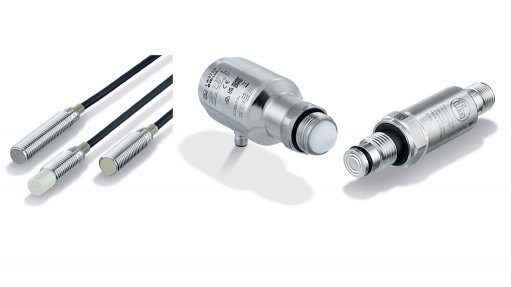
ifm electronic offers a range of compact sensors for a variety of applications
A range of compact sensors from ifm electronic are designed to be used in hard-to-reach places or where lightweight units are required.
Part of the PL54 series, ifm’s new miniature pressure sensors feature a flush-mount diaphragm seal with G1/4 thread directly welded to the sensor. The measuring cell is said to guarantee high accuracy in a compact housing with only 19 mm across flats. In addition, the sensors aim to offer a superior cost-optimised price-performance ratio.
PL54 sensors are particularly suited for pressure measurement in applications where flush mounting is required, such as in adhesives, glues, sealants, foams and other viscous media that would cure in dead spaces. The flush connection prevents clogging of the process connection even with contaminated media.
Ifm’s inductive sensors in M8 design are said to be light, small and powerful. The compact housing allows the sensors to be used wherever there is restricted space or where the additional mass is to be kept low, such as in factory automation, on machine tools or on fast-moving robot arms. In addition, the miniature sensor has a range that is almost as long as that of larger designs.
High-grade stainless-steel used for the housing helps to make the sensor extremely resistant. Featuring a temperature range from -40 °C to 85 °C and the protection class IP 65 to IP 69K, means that the units can be used for a wider range of applications. The LED switching status indicator is designed to make it easy to read even in places where access is difficult.
With the LW2720 level sensor, levels of liquid media in tanks with a height of up to 10 m can be monitored precisely and without blind areas. The non-contact radar measuring principle helps to prevent malfunctions or failures of the sensor caused by the adhesion of viscous media or damage from agitators. The 80 GHz frequency used aims to ensure stable and precise measurement results even in the presence of steam or condensate in the tank. The sensor is designed for use in hygienic areas, so that even cleaning-in-place and sterilization-in-place processes or the use of spray balls do not impair its proper functioning